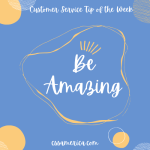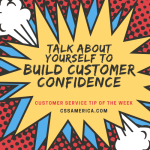An Australian soccer club had an issue. Attendance was poor, and even though they were constantly getting new fans, most went to fewer than four matches per year.
According to a goal.com article (http://www.goal.com/en/news/808/australia/2010/05/10/1917241/exclusive-edwin-lugt-taking-sydney-fc-forward), the Dutch CEO of the club called in a fellow Dutchman and created a position for him called “General Manager, Fan Relationships.” I LOVE THIS TITLE! But even more than the title, this new executive did what you expected someone trying to build fan relationships to do.
According to the CEO “He builds a database with potential new fans, developing strategies, activities to communicate with those fans one-on-one in a targeted way so that we know who the fans are, expanding and enriching the profile so that we know what they want, and targeting activities and communication towards them. You have members, regular fans and incidental fans. The question is: how can we develop them and get them higher on the value chain? In order to do that you’ve got to stimulate them but first you’ve got to know who they are by inviting them to register, via in-stadium activities or stimulating them to pre-purchase, because if they do that online you know who they are and can start communicating with them.”
These are the exact types of strategies that we help our sports (and other industry) clients to implement. Why? Because they work. They take the focus off transactional values and put them on lifetime values. The take the focus off a customer as a number and put the focus on a customer as someone with whom you need to build a relationship for the long-term.
Know your customer, setup an ongoing communication plan with them, address their retention drivers, and grow with them.
Be a relationship developer.
Interested in improving your company’s customer service? See more information at: http://www.cssamerica.com/





















